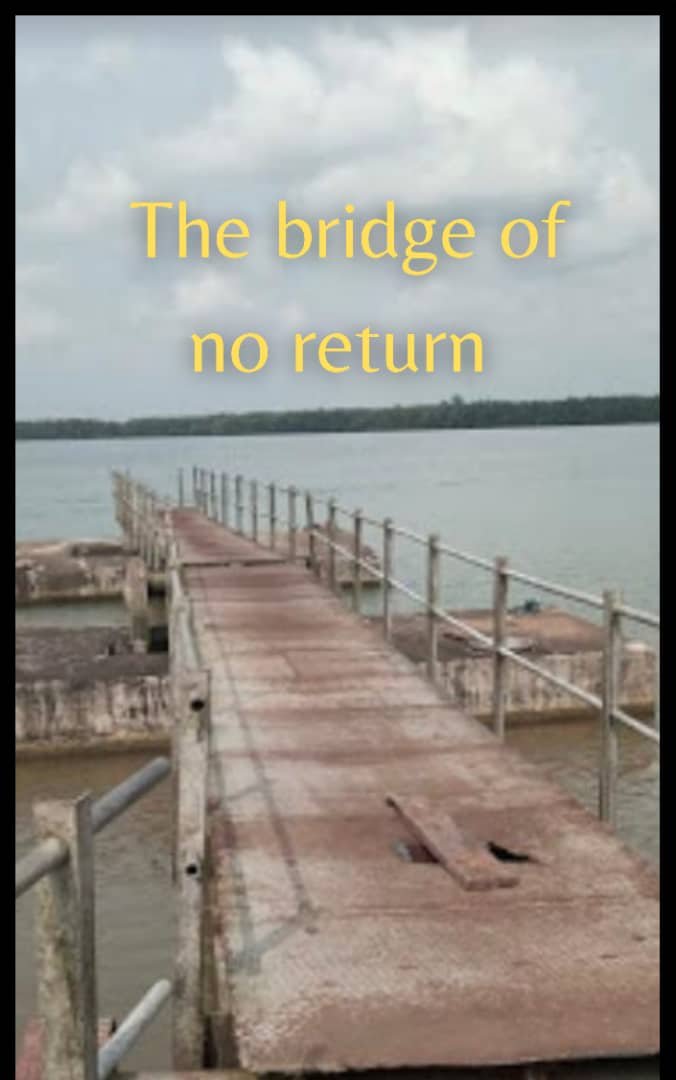Hello, Ladies of Hive!
This is my first time posting in this wonderful community of women supporting fellow women.
This week’s prompt caught my attention. It reminds me of the excursion my school went on when I was in junior secondary two. I was opportune to be in the team that visited a very famous and significant place I will never forget in my life.
I can still remember the feelings after that excursion; it could be described as sadness in a grateful heart. Yes, because I was sad to learn of the atrocities that took place in my country and at the same time grateful to God that it’s now history.
Our tourist guard did a good job of explaining this history from the onset of slavery to its very end. I couldn’t help but think about the progress that has been made since those dark times
So It’s my utmost pleasure to share with you the story of this famous and heart-touching historical place in my country.
 Image is made using canva
Image is made using canva
Nigeria has a lot of historical places some have been turned into tourist centers.
I am living in Akwa Ibom state, the most peaceful state in Nigeria, it has less traffic, fewer conflicts, and cheaper foodstuff.
What is the Bridge of No Return About?
The Bridge of No Return is located in Ikot Abasi, a popular town in my state.
It is the remains of the brutality that took place during the slave epoch in Nigeria.
The bridge was built by the Europeans for transporting slaves and was named by the slaves. As the name implies, any slave that set his feet on this bridge had no turning back, he/she would be discharged into slave ships waiting in the middle of the sea, where they’d be sold as slaves mostly to Europe and the US.
Many men, women, and children were traded for pots, kettles, cups, umbrellas, etc. Sometimes more than twenty men will be traded for a teacup.
This Jetty was built by the Europeans in 1795. It has a dungeon that can hold 30 slaves but more than 150 slaves who were chained and labeled slaves were always squeezed into this tiny dungeon, where they would wait for a ship to arrive.
In this dungeon, they’ll be left without any food, water, or proper care. Any slave that couldn’t survive this period would be thrown into the sea by the slave masters.
History has it that the famous Jaja of Opopo was also exiled through the bridge after he was found guilty of treason for inciting the people against the government.
The bridge holds a significant symbol in the history of Akwa Ibom state and Nigeria at large.
Slavery was painful and inhuman. However, today the Bridge of No Return is a popular and attractive tourist center that attracts visitors all over the world.
I like this place because it makes me to reflect on the resilience and strength of those who had crossed this bridge. I cherish this place because today anyone can step on it, look back and return safely.
If you ever come to Akwa Ibom, this place in Ikot Abasi is a place to visit. You’d learn how people were sold, see the dungeon they were kept in and the bridge they feared so much to cross.
This post is in response to the Ladies of Hive weekly prompt “Tell us about a historical place in your city. Why do you like it?”. By @tibaire.
Thank you for your time and support🤗


